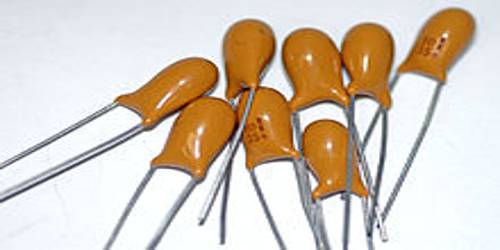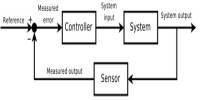Tantalum capacitors are widely used in electronics design these days. Tantalum capacitors offer a form of capacitor that provides a very high capacity density.
As a result, this form of the capacitor has found widespread use in many areas of electronics. In view of its size and the attainable levels of capacitance, these capacitors are widely used in many mass-produced items of electronics equipment.
The tantalum capacitor is similar to the electrolytic capacitor, but using tantalum within the construction of the capacitor it is able to offer extremely high levels of capacitance for any given volume.
As such tantalum capacitors are widely used in electronics equipment where there is a need for small size and a high level of capacitance. In view of its advantages, the tantalum capacitor is used in large volumes within the electronics manufacturing industry.
Types of tantalum capacitor
While tantalum capacitors are widely used, it is not so well known that there are three types of tantalum capacitor that are available:
Tantalum foil electrolytic capacitor: The tantalum foil capacitor was introduced around 1950. It was developed to provide a more reliable form of an electrolytic capacitor without the shelf life limitations of the aluminum electrolytic capacitor. It was able to be developed as a result of the availability of high purity tantalum foils and wires. Initially, plain foil variants were introduced, but this was quickly followed by etched variants.
The purity of the materials used plays a major part in determining the leakage current of this type of tantalum capacitor.
These tantalum capacitors have a higher capacitance density than their aluminum electrolytic counterparts. They can often operate at temperatures up to about 120°C and therefore they are often used in equipment used in extreme conditions.
Tantalum capacitors with the porous anode and liquid electrolyte: This form of tantalum capacitor is also known as the wet-tantalum capacitor and it was the first form to be introduced. It still offers the best space factor.
A variety of electrolytes can be used within this form of tantalum capacitor. Those using sulphuric acid as the electrolyte have excellent electrical characteristics and the maximum working voltages that are manufactured tend to be a maximum of about 70 volts.
Basically, this type of capacitor consists of a sintered porous anode of tantalum power. This is housed in a silver or silver plated container. The porous anode is made by pressing high purity tantalum power into a cylindrical body and then sintering in a vacuum at about 2000°C.
These wet tantalum capacitors are very much more expensive than their newer brothers and as a result, they are not as widely used.
Tantalum capacitors with the porous anode and solid electrolyte: This variant of the tantalum capacitor family is also known as the solid tantalum, and it is the variety that is most commonly used. Many millions of them are sued each day, and they can be found in many items of consumer and commercial electronic equipment.
The capacitor was developed by the Bell Telephone Laboratories by using a porous anode and then replacing the liquid electrolyte with a solid semiconductor. This overcomes the problem of requiring a vent that is common to all other forms of an electrolytic capacitor.
These capacitors are superior to electrolytic capacitors in many ways exhibiting excellent temperature and frequency characteristics. They are also smaller than their aluminum electrolytic counterparts. However, they are not able to handle high levels of current or voltage spikes. They are also damaged almost instantaneously by reverse polarity – usually exploding quite nicely.
Information Source;
















